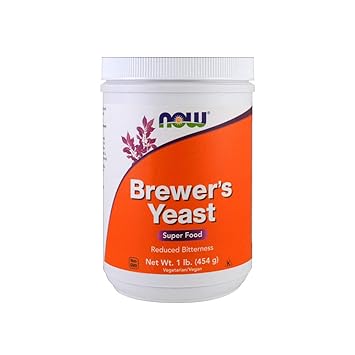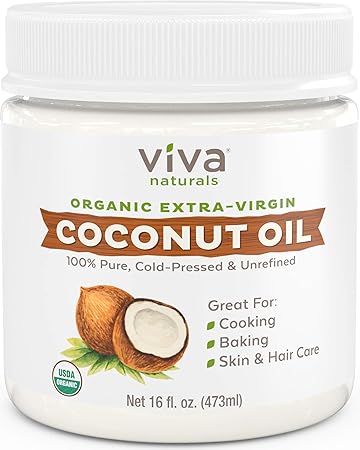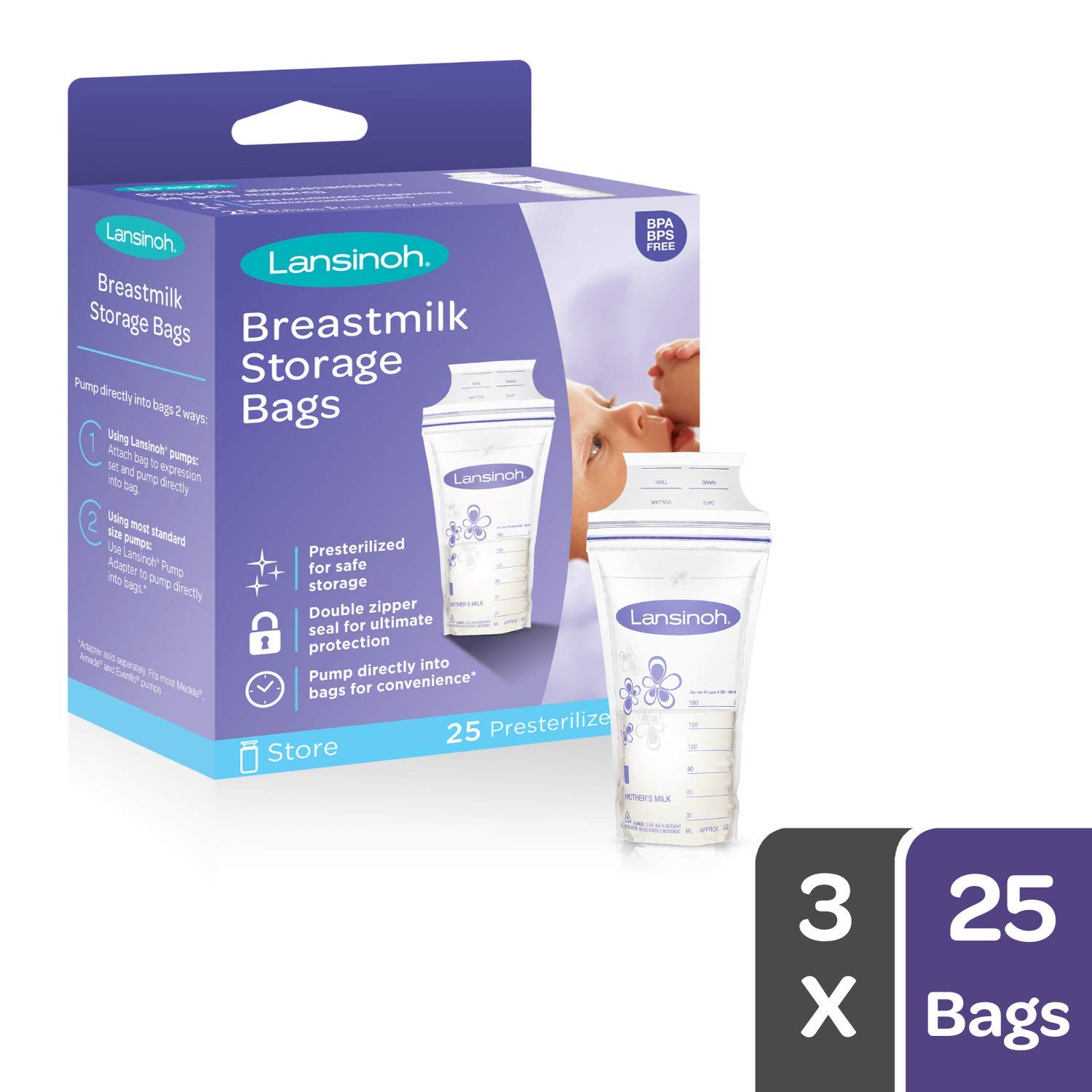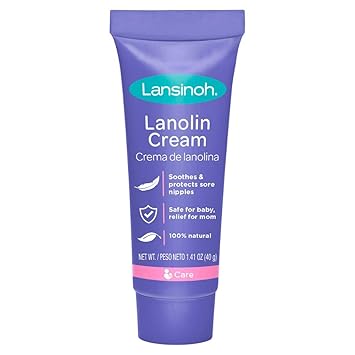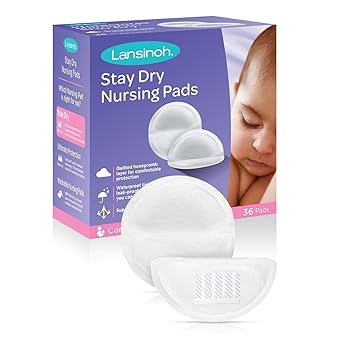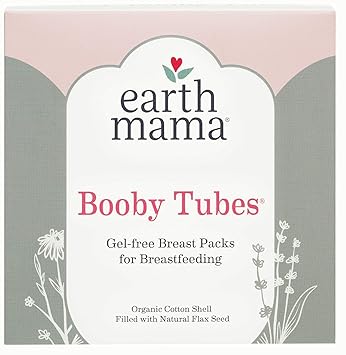Experiencing a plugged milk duct is a common occurrence for breastfeeding moms, but knowing how to unclog a milk duct will help you prevent mastitis and other breastfeeding issues!
I originally wrote this post while breastfeeding my third baby. I will be the FIRST one to say that breastfeeding is not easy. I have experienced pretty much every possible breastfeeding issue.
I understand why so many people do give up on it but am thankful I’ve always fought through the tough parts because it truly is SO worth it!!!
Through my years of breastfeeding, I experienced sore, cracked, and even bleeding nipples. Countless bouts with thrush. And with my third baby, I even struggled with postpartum depression. Probably one of the worst things you can experience as a breastfeeding mother, however, is mastitis. It’s horrrrrrible and is something you want to avoid at all costs, and that starts by knowing how to unclog a milk duct.
Disclaimer: I am not a physician or lactation specialist, just a mama who’s been through it three times! If you have any medical concerns, please reach out to your lactation consultant or healthcare provider.
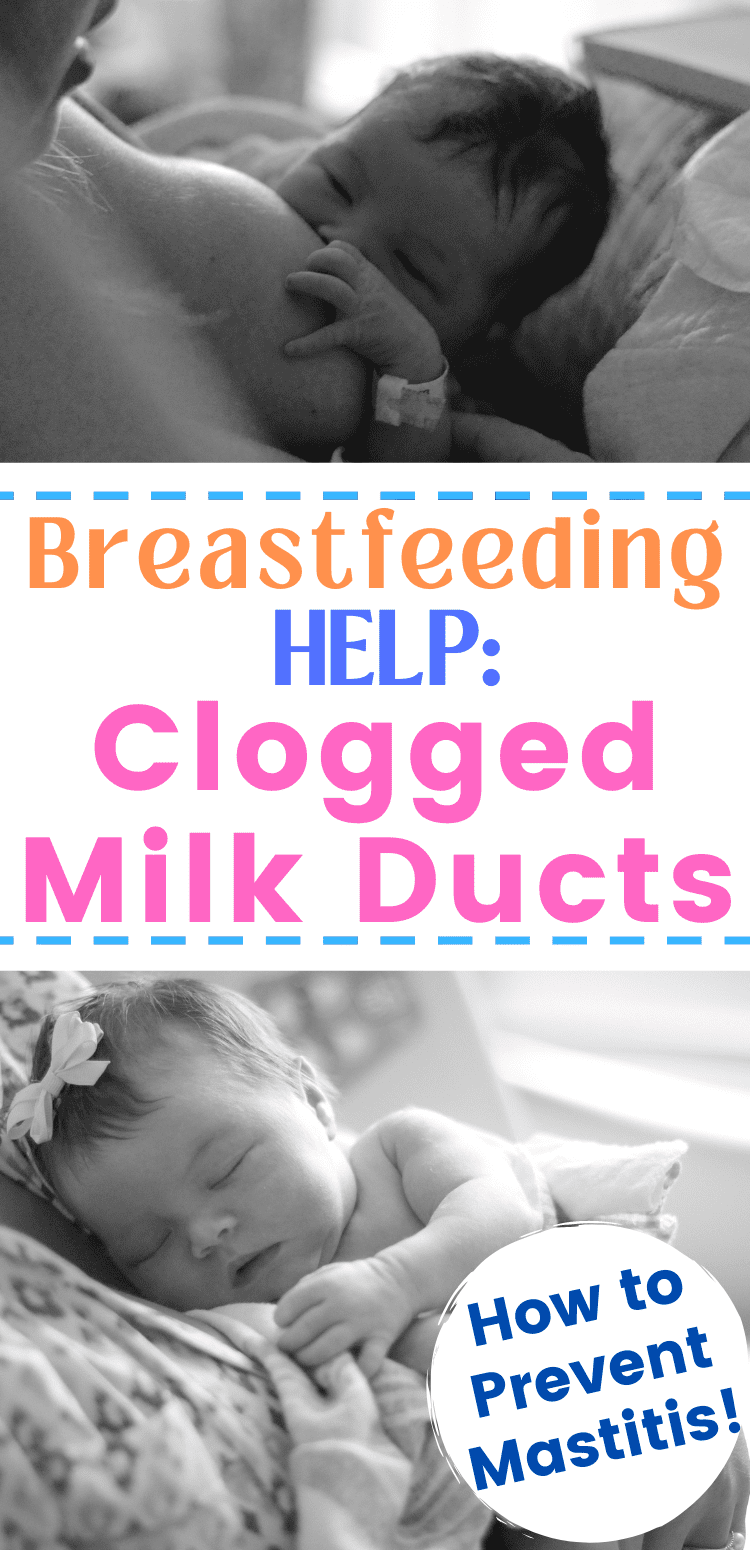
Disclaimer: this post contains affiliate links.
How to Know if You Have a Clogged Milk Duct
With my first baby, I didn’t know about mastitis. I didn’t know what signs to look for and I didn’t know that it could have been preventable if I’d seen the symptoms.
By the time I had my third baby, I was better able to recognize when I started having symptoms that mastitis could be on its way and I was able to stop it from happening!
The main thing that leads to mastitis? Plugged Milk Ducts.
How do you know when you have a clogged duct? Your breast will have a hard spot (or spots).
They may be tender to the touch or have a tender lump. The small lump may also be red.
When you feel clogged milk ducts? The goal needs to be to unclog the blocked duct(s), and FAST.
Is it a milk bleb?
Another issue you might come across while breastfeeding is called a milk bleb or nipple bleb, which is a milk blister that forms in the nipple pore. Symptoms include sore nipples and pain while nursing, and it’s often caused by a poor latch. This can often be visible as a small white spot on the breast, almost like a pimple.
Many of the same treatments for clogged ducts work the same for milk blebs such as massaging and heat treatment. Also trying different feeding positions and improving the baby’s latch will help both in preventing milk blebs as well as getting rid of a milk bleb if one occurs.
Wondering if what you’re experiencing is thrush? Find out here!

How to Unclog a Milk Duct and Prevent Mastitis
Over the years I’ve learned that the answer to pretty much ANY nursing issue is to nurse more 🙂
Breastfeeding is often the very last thing you want to do while in pain…but it’ll help clear things up more than anything else!
It is also important to be drinking plenty of water, eat a healthy variety of foods, and get REST (easier said than done during the first year of motherhood, right?)
If you have a clogged milk duct, always start each nursing session on that side.
Be sure to massage the affected area like crazy while your baby eats to encourage milk flow.
It may not be very comfortable but it will help get that milk flowing and hopefully release the clogged area on the affected breast. You can also buy a lactation massager to help with the affected side.
Another helpful tip is to try to change breastfeeding positions. Switching up the positions in which you feed your baby can help alleviate breast pain as well as help to ensure the breast (and potentially clogged milk ducts) are fully emptied.
Once you are done nursing then it’s also best to use your breast pump and pump as quickly as possible following the baby finishing their feeding. I like to use that time as a chance for my baby to play on a blanket, air out a diaper rash, or have a little independent playtime.
Pumping after nursing helps makes sure you are getting fully emptied and will help make sure the clogged issue doesn’t get worse. Again be sure to massage the area of engorgement in a circular motion while pumping.
While pumping after feeding sessions can be annoying, the upside is that you’ll have plenty of stored breast milk! If you’ve been having breast milk supply issues this can also help to increase your milk supply if you decide to add in a bonus pumping session. I tended to always have an overabundant milk supply so I was always careful to pump as close the end of the baby’s feeding as I could to avoid further milk production.
In between feedings, a good trick I learned is to fill a bowl with hot water and 1-2 tablespoons of Epsom salt. You can dip your breast in warm water and massage the area. The salt and water combo helps to get milk flowing and release any areas where it’s clogged.

Other Home Remedies for Clogged Milk Duct
Another thing to do between feedings is to apply moist heat to the sore area of the breast. If you have a heating pad then put it on the highest setting.
Use a wet warm cloth against your chest (on the area that’s clogged if possible) and apply the heating pad on top of the cloth. You can also use warm compresses if you don’t have a heating pad or even a hot water bottle.
Apply the heat for 10-20 min at a time and, again, massage like a crazy woman 🙂 Also taking a warm shower or hot shower and letting the hot water hit your chest helps to break up the duct and helps ease the pain!
An additional tip is to apply a castor oil compress on the clogged duct, I myself have never tried this as I didn’t like to put things on my breast that I had to be worried about my baby ingesting but if you are hurting and need additional relief it may be worth trying!
Prior to nursing, I recommend heating up Booby Tubes and putting them on your breasts.
I would go heat mine up a few minutes before getting my baby up from her nap. By the time I woke her and changed her diaper they had done their job.
The warm heat from them will help let down occur quicker and help ease the painful breast during feeding sessions.
Taking ibuprofen or other over-the-counter pain medicines will also help with any discomfort during the time period of having a clogged duct.
If you experience frequent clogged ducts, you can also try sunflower lecithin supplements, which are often recommended by doctors as a preventative measure!
It is also important to be sure to wear loose-fitting clothing. If your bra is too tight (what I think caused my issue) then it will only make things worse. Avoid wearing an underwire bra or a tight bra in general, as it’s one of the major risk factors for this common breastfeeding problem.
Another preventative tip? Make sure to sleep on your back during the night! Sleeping on your stomach while nursing can also cause issues, including clogged ducts.
Many home remedies for clogged milk duct will mention using cabbage leaves. While placing cabbage leaves on the plugged area and the sore lump will help alleviate the pain, they will also damage your milk supply. Cabbage leaves are a great tool to use when you’re ready to wean from breastfeeding but I would not recommend using them unless you are ready to be done with your breastfeeding journey.
Now that my kids are a bit older it’s so neat to me to see the newer items available for moms of infants! This lavie lactation massager sounds like it’s AMAZING. What a game changer for breastfeeding mamas and the reviews sound like it really does an awesome job at helping loosen up clogged ducts. If I were going to experience pregnancy again, I’d totally add this to my baby registry!
Knowing if You Have Mastitis
By using all of the natural remedies above it took me roughly a full day of focusing all my energy on my plugged duct to get it resolved. If you don’t feel better and instead start to feel worse or experience flu-like symptoms then you may have developed mastitis, which is a breast infection. A blocked milk duct doesn’t mean it’s infected, but if it’s left untreated, it can lead to mastitis. This
Symptoms of mastitis include:
- Breast tenderness or sore breast
- Hard lump on the breast
- Breast swelling
- Body aches or general sick feeling
- Red streaks on the breast
- High fever of 101 or higher
If you have ANY fever (even if it’s not what you’d consider high) I’d recommend calling your OBGYN or health care provider right away. Seeking medical attention is important and they can prescribe medication over the phone. It’s very important to get the meds right away to help mastitis clear up as quickly as possible. Within 24-48 hours the infection of the breast should be clearing up and you will be feeling MUCH better.
Getting enough rest and continuing to nurse are both essential in the healing process and neither are very possible without the medication you need!
Hopefully, these tips will help prevent you from getting mastitis in the first place! But don’t be discouraged if you do end up needing to call the doctor either. I was so proud of myself when I had signs of mastitis with clogged milk ducts in my left breast but I did all my home remedies and got the breast unclogged only to wake up the next morning and have new stubborn clogs in my right breast!
Thankfully I was able to do all the things again for that side and still didn’t end up having any further mastitis symptoms. If you can catch clogged ducts early – you really can prevent mastitis from occurring!
Have you ever experienced plugged ducts? Any additional clogged milk duct remedies or how to prevent clogged ducts that I may have missed?
Wanting to Know My Other Must-Have Breastfeeding Items? Scroll Through to Shop them All:
- A Letter to my Son on His 16th Birthday From Mom (Kye’s Bday Letter) - March 20, 2025
- Open Letter to my Daughter on her 12th Birthday – Love, Mom {Britt’s 12th Bday Letter} - January 16, 2025
- Letter to My Son on his 6th Birthday – Love Mom - January 8, 2025






